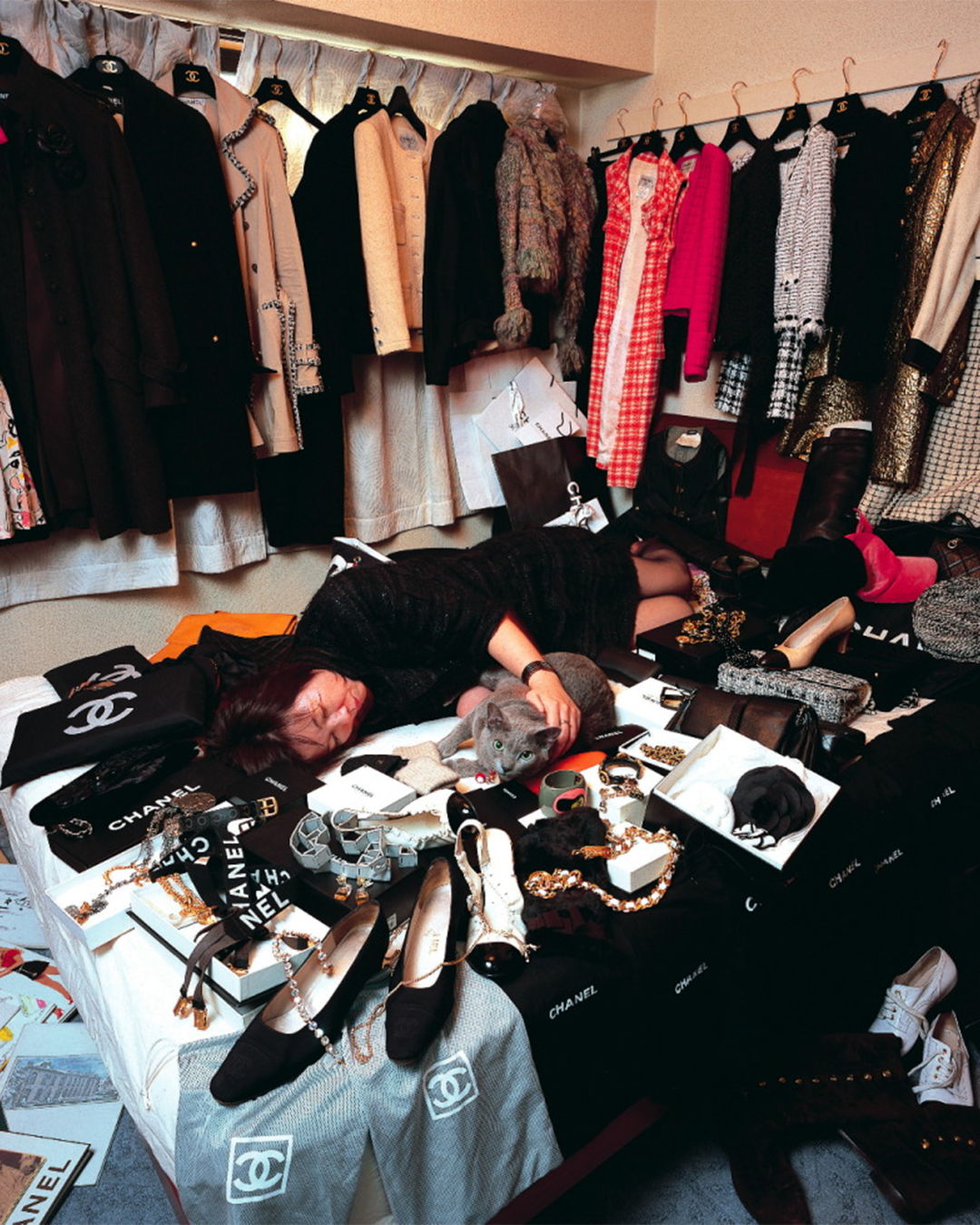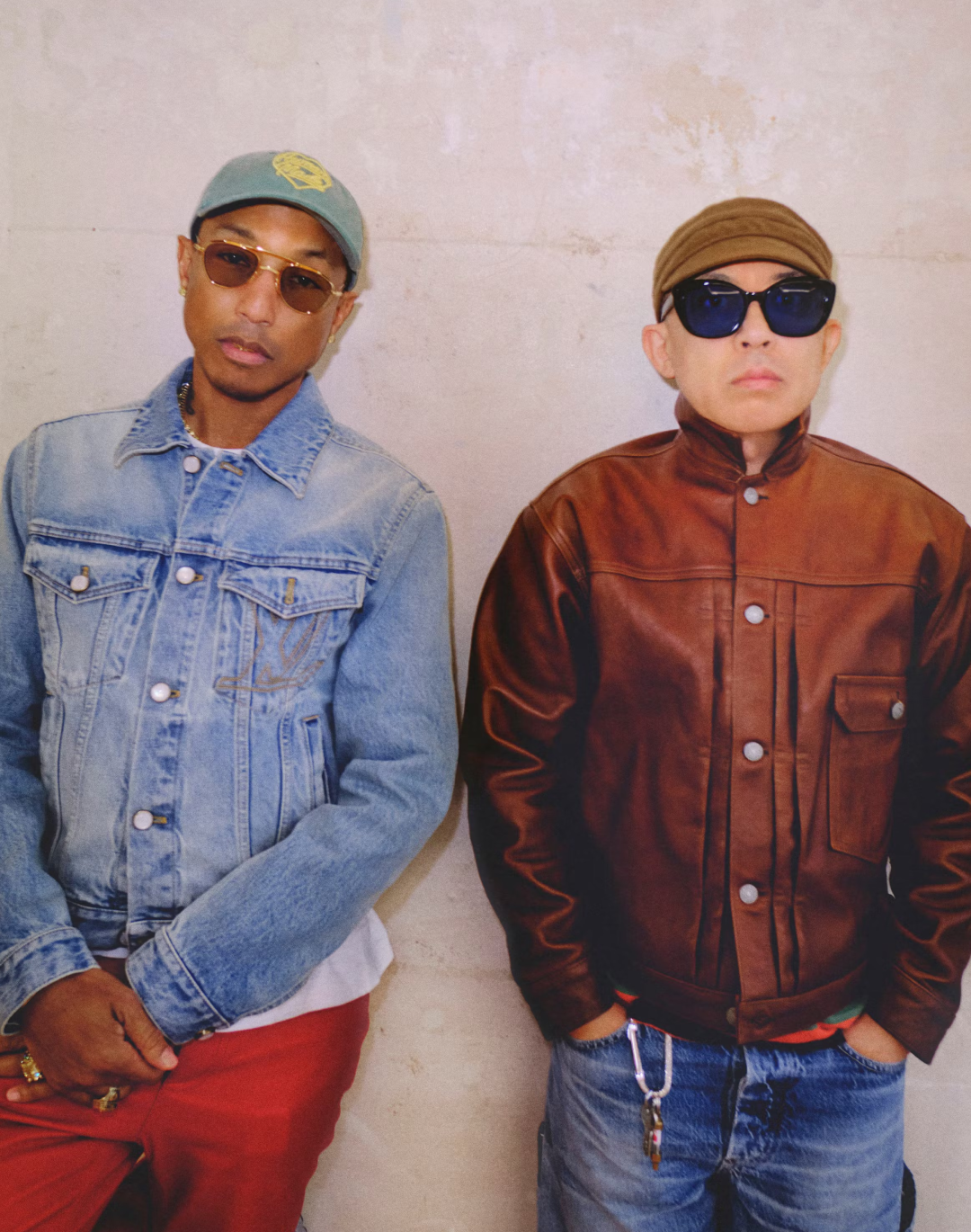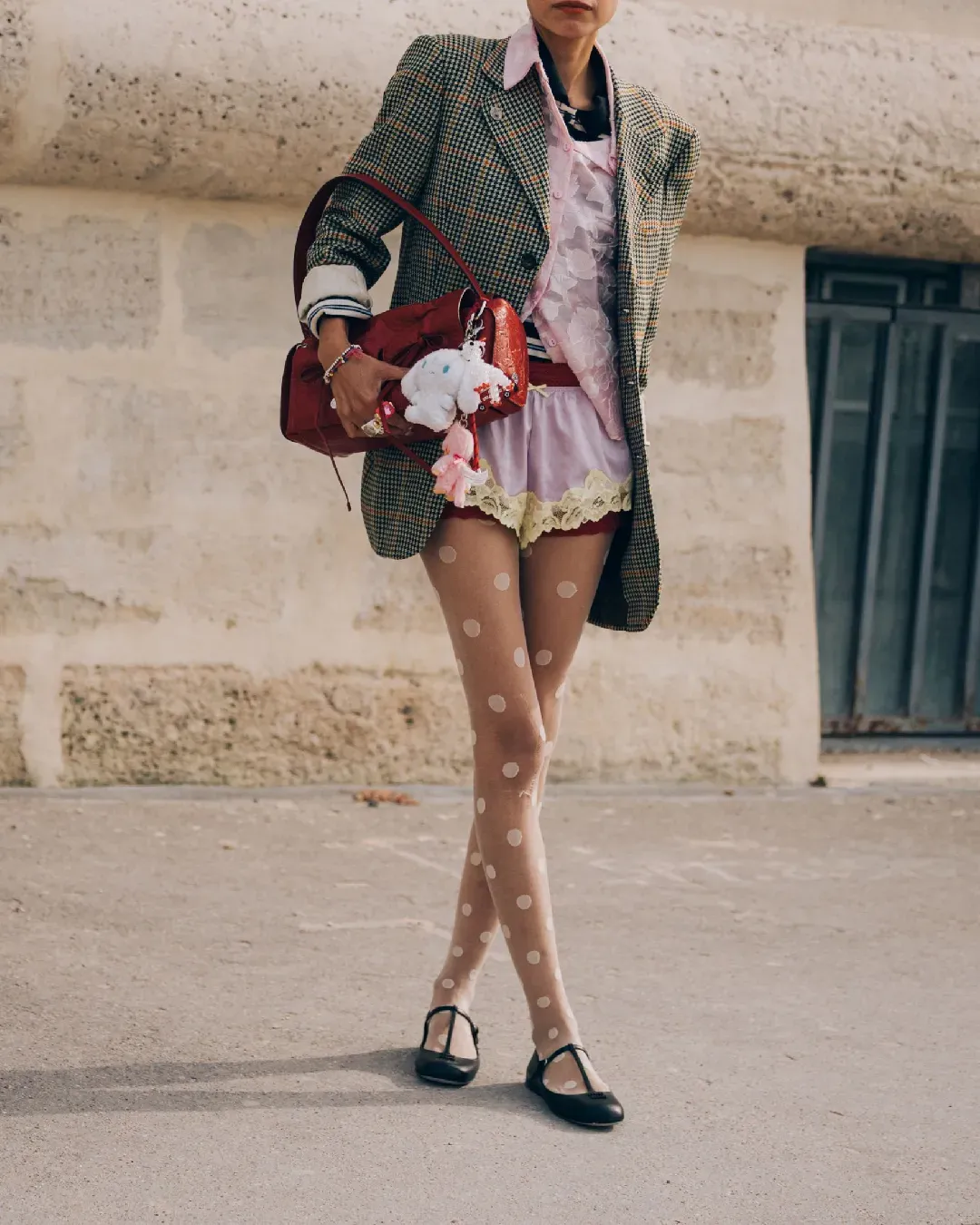
The history of punk in Japan, between rebellion and renaissance How a Western counter-culture shook up traditions and gave birth to a creative revolution
At the heart of the Japanese archipelago, a proverb has resonated for generations: “The nail that sticks out gets hammered down.” This saying embodies the value of conformity and respect for collective effort in a society that promotes self-effacement. But even under the weight of these traditions, Japan couldn’t resist the visual and sonic waves from the West. The punk movement, though born in the bustling streets of London and New York, quickly captivated Japanese youth, despite oceans and cultural divides. Through music, underground films, and clandestine publications, this subculture found an unexpected echo in a society that, at first glance, seemed resistant to individualism. Young Japanese found in this anarchic noise an escape, and what began as a release from social pressure became the epicenter of an aesthetic revolution. In the 1970s, bands like Les Rallizes Dénudés were already exploring psychedelic sounds, but it was through contact with iconic groups like The Sex Pistols and The Ramones that the Japanese music scene exploded in a crash of distorted amps. While Western punk was rooted in scathing critiques of governments, in Japan, rebellion was quietly organizing in the underground, pushing artists toward DIY. Amid this fervor, magazines like POPEYE promoted a fantasized America, in direct contrast to the punks who tore apart the codes, dressing in black leather and tight denim, remnants of an identity in transformation.
The history of punk in Japan would not be complete without mentioning the unexpected encounter between Japanese austerity and British exuberance, embodied by Vivienne Westwood. By the mid-1980s, the English designer had risen to iconic status in Tokyo; her torn clothes, adorned with provocative slogans and bondage details, captivated the youth of Harajuku, a neighborhood buzzing with creative energy. In 1987, Westwood opened her first store outside the UK in Tokyo, a sign of her undeniable punk aesthetic’s grip on the country. This emerging street style became fertile ground for an avant-garde scene that would see the rise of geniuses like Yohji Yamamoto, Rei Kawakubo, and Issey Miyake, dubbed the “big three”. By blurring the lines between haute couture and subversion, Westwood paved the way for these designers, who also played with the deconstruction and raw aesthetics of punk. Their influence extended beyond Japanese fashion; they inspired a new generation of creatives whose work redefined global streetwear. By merging radical Western visions with Japan’s stylistic precision, this cultural fusion irreversibly shaped the global fashion landscape, especially in Harajuku’s underground movements, foreshadowing trends that would dominate the following decades.
@cr00ked.teeth Seditionaries 70’s Vivenne Westwood #viviennewestwood #Seditionaries #punk #fashiontiktok #archivefashion Kinda Like It That Way - Snow Strippers
The spirit of punk didn’t just pass by as a fleeting rebellion; it found new life through streetwear, a common language between punk and hip-hop, two movements that share a similar rebellious essence. Hiroshi Fujiwara, often called the “godfather of streetwear,” embodies this unexpected fusion of influences. Through brands like GOODENOUGH, Fujiwara contributed to the rise of Ura-Hara, an underground movement born in the backstreets of Harajuku, where street fashion had its roots. Designers like Jun Takahashi, founder of Undercover, and Takahiro Miyashita, creator of Number (N)ine, drew from this punk heritage, incorporating elements of the scene into their creations. Takahashi, for example, paid homage to the Sex Pistols’ legacy through his cover band (Tokyo Sex Pistols) and bold collections. Others like Junya Watanabe adopted DIY techniques, hand-stitching patches and adding personalized details that fused punk’s chaos with haute couture’s art. These creators, more than just disciples of the movement, became its architects, drawing the outlines of a new Japanese fashion deeply rooted in nonconformity. Punk’s influence was no longer just a musical or fashion trend but a creative foundation from which a true streetwear revolution arose. From Undercover to Number (N)ine, to brands like NIGO’s BAPE, punk evolved into a driver of cultural transformation, even influencing haute couture collections. In this landscape, each piece tells a story of resistance and rejection of norms, marking a turning point in fashion history.
@trussarchive Hiroshi Fujiwara is a legend, but not that many know where he came from or why he is revered in the fashion industry. Deep Dive with @Ryan Yip Going back over a brief history of how HJ became who he is and started Fragment Design which has collaborated with everyone from Louis Vuitton, Travis Scott x Jordan, Moncler and Zenith. He’s made a career out of his good taste and ability to be early on what’s going to be hype. This video only touches the tip of the iceberg, he’s done so much more with Nigo, Jun Takahashi, Takahiro Miyashita and the rest. We can’t wait for you to see his upcoming collab with Doc Martens, it’s so good! #hiroshifujiwara #fragmentdesign #nigo #bape #juntakahashi #undercover #japanesefashion #highfashion #fashion #mensfashion #louisvuitton original sound - TRUSS Archive
This punk legacy, however, hasn’t faded with time. Though sometimes diluted or co-opted for commercial purposes, it has left an indelible mark on the collective imagination. Japan, once curious about the West, has become the epicenter of this perpetual street fashion renewal, where punk remains a driving force, even subtly. Designers continue to draw inspiration from this rebellious spirit, exploring new ways to subvert fashion while staying true to the DIY heritage and punk’s radical individualism. Today, Japanese creations rank among the most influential and avant-garde in the world, largely thanks to the punk energy that has endured over the decades. The nail that sticks out is no longer hammered down; it has become a symbol of creativity, pointing toward the future of global fashion.















































